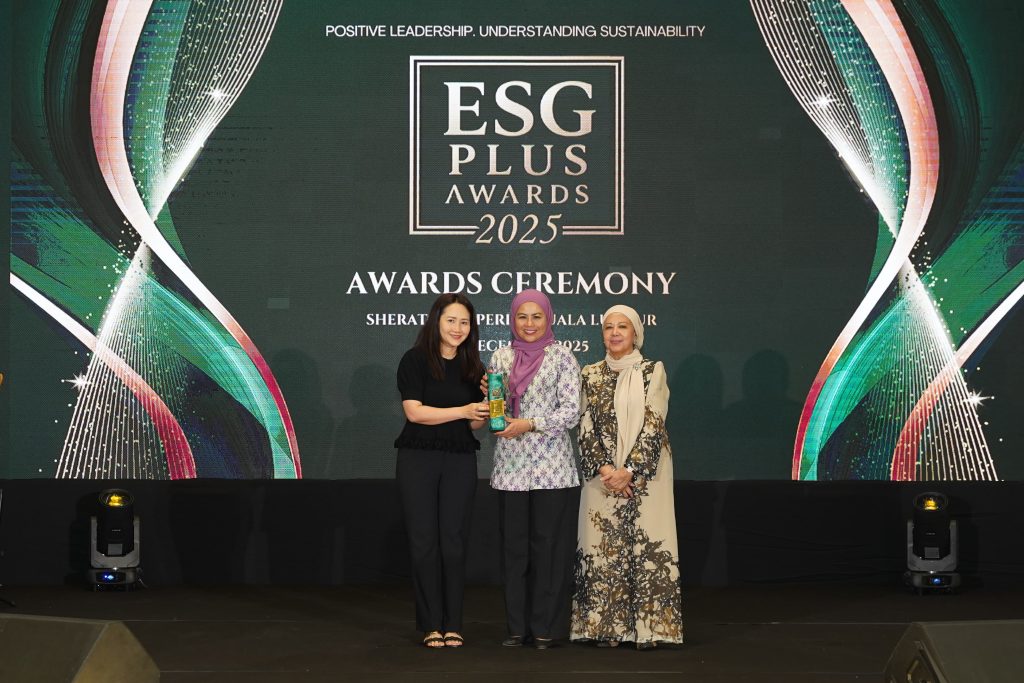New ULI/CLC report presents ten cities implementing bold plans to improve urban mobility
SINGAPORE: As inner-city congestion increases owing to populations rise, a new publication from the Urban Land Institute (ULI) and Centre for Liveable Cities (CLC) sets out how 10 cities in Asia-Pacific are developing solutions to this pressing challenge.
According to statement, "Urban Mobility: 10 Cities Leading the Way in Asia Pacific" was launched yesterday at the 2017 ULI Asia-Pacific Summit in Singapore.
The report analyses each city’s strategic plans and bold implementation of mobility projects.
The ten cities in the report are Seoul in South Korea, Shanghai in China, Singapore, Taipei in Taiwan, Tokyo in Japan, Bandung in Indonesia, Ho Chi Minh City in Vietnam, Sydney in Australia, and Yangon in Myanmar.
While each of these 10 cities has its own set of problems, they all share a common goal: to establish a sustainable mobility system.
The benefits of such a system are diverse: reduced congestion and stress, improved quality of the environment, healthier choices and expanded development opportunities, which will enhance the lives of the people, both physically and mentally.
As the fourth publication in a series championing a continual push towards a sustainable and healthy future, the report hopes to inspire citizens, city leaders and professionals to develop solutions to the challenges faced by their own cities, by being mindful of their unique resources, capabilities and needs.
This is the third initiative that ULI has worked on together with CLC, with the other two being defining 10 Principles for Liveable High-Density Cities and producing a report on Creating Healthy Places through Active Mobility.
In 2016, the two organizations completed a piece of research on Creating Live-able Cities through Car-Lite Urban Mobility, which proposed practical recommendations on moving cities towards a more sustainable mobility future with reference to the city-state.
“Healthy practices lie at the heart of thriving cities. The way we shape and connect our spaces can have far-reaching impacts on our communities and the ten cities that we have studied in detail are either creating real social change or have the potential to create positive impact for millions of people,” said ULI Singapore Vice Chair project co-lead and AECOM Southeast Asia vice president Scott Dunn.
CLC director of research Limin Hee said: “These ten cities face different challenges but they have one thing in common: they are all coming up with innovative ways to face the urban mobility challenges of today. On top of altering established infrastructure, greater difficulty lies in changing urban cultures and mindsets.”
















































